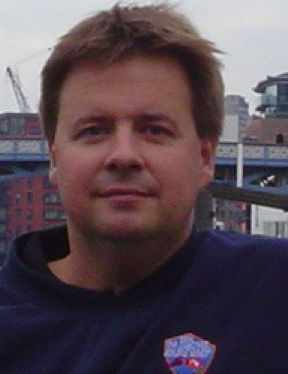Douglas Chrisey,
Jung Chair of Materials Engineering and Professor of Physics,
Tulane University
Professor Chrisey currently is the Jung Chair of Materials Engineering and a Physics Professor at Tulane University. Doug began his engineering and academic career when he earned a B.S. in Physics from the State University of New York At Binghamton in 1983 and later a Ph.D. in Engineering Physics from the University of Virginia in 1987. He spent the next 17 years at the Naval Research Laboratory as the Head of the Laser Processing Section. After spending 1 year as the Deputy Director at the North Dakota State University Center for Nanoscale Science and Engineering, Doug joined Rensselaer Polytechnic Institute as a Professor of Materials Science and Biomedical Engineering. Currently, Prof. Chrisey is teaching and performing research at Tulane University and is the Jung Chair of Materials Engineering in the Department of Physics and Engineering Physics with Adjunct appointments in the Biomedical Engineering Department at Tulane. He is well known to the world of science with more than 400 citable publications and over 12,000 citations and an h-index value of 53. He has edited or co-edited 15 books and has 18 patents. He also serves as an Executive Officer at MSI Limited, a Scientific Advisor to Nanotherapeutics, Advanotec, the Chief Technology Officer for Nano Solutions and is President of Omni-Metrics.
|

|
|

 Add to Calendar ▼SELECTBIOenquiries@selectbiosciences.com
Add to Calendar ▼SELECTBIOenquiries@selectbiosciences.com Add to Calendar ▼2018-03-26 00:00:002018-03-27 00:00:00Europe/LondonBioEngineering 2018BioEngineering 2018 in Boston, USABoston, USASELECTBIOenquiries@selectbiosciences.com
Add to Calendar ▼2018-03-26 00:00:002018-03-27 00:00:00Europe/LondonBioEngineering 2018BioEngineering 2018 in Boston, USABoston, USASELECTBIOenquiries@selectbiosciences.com